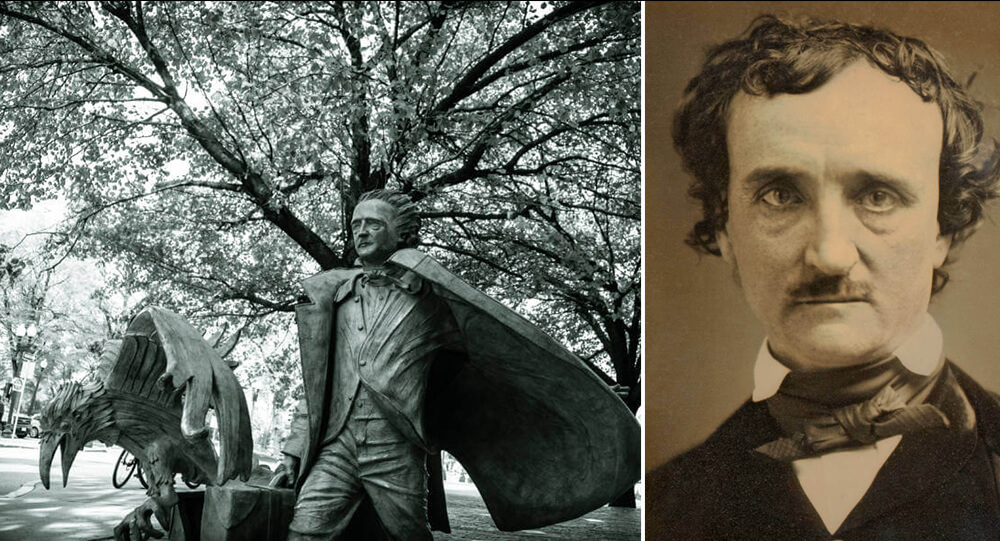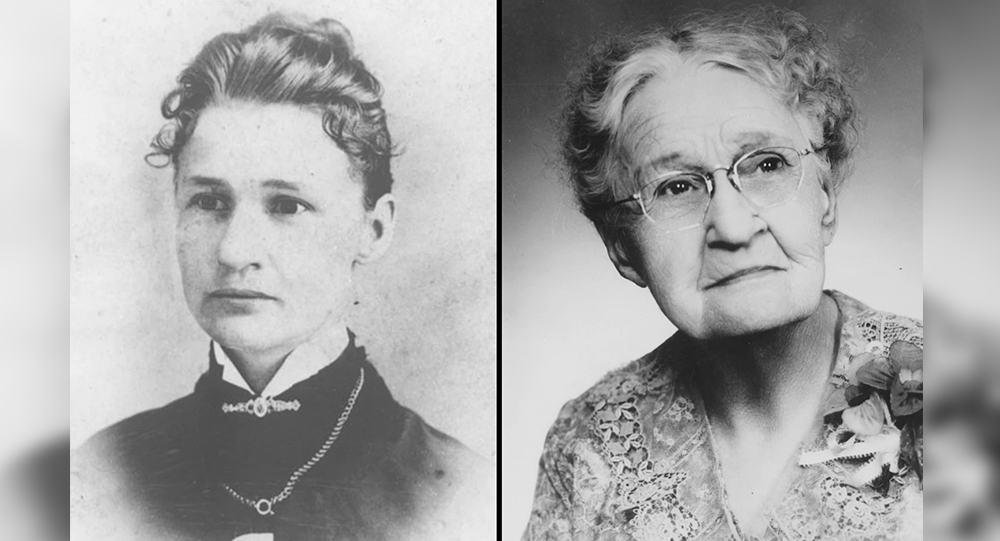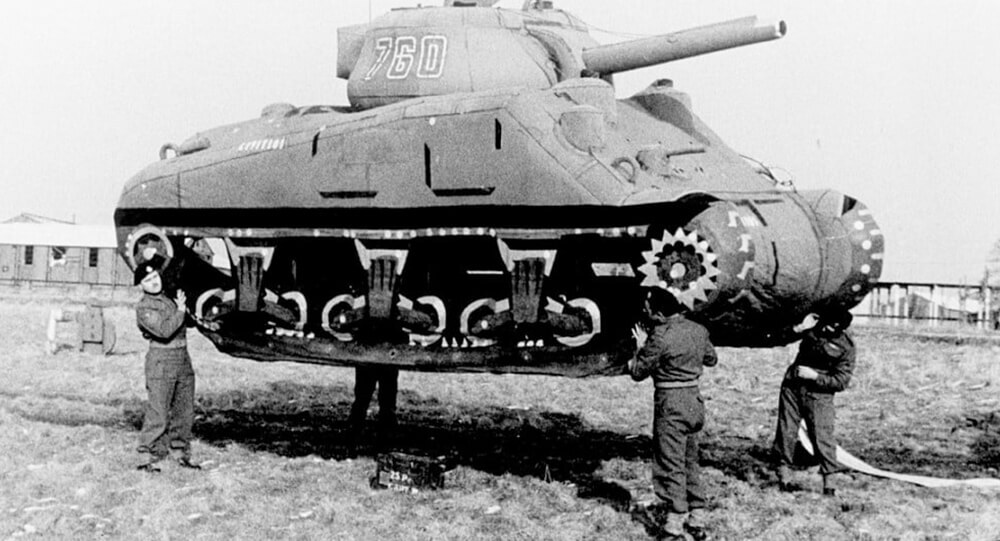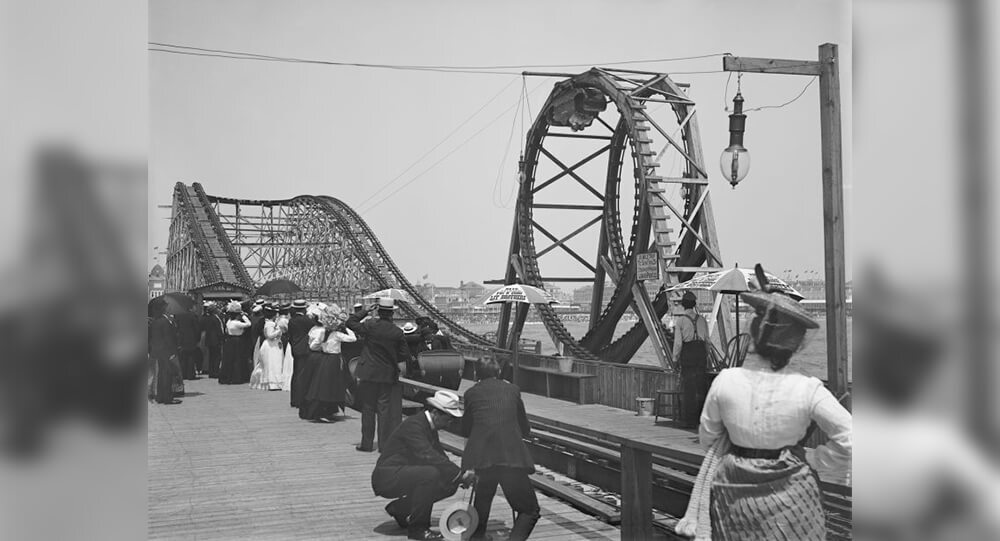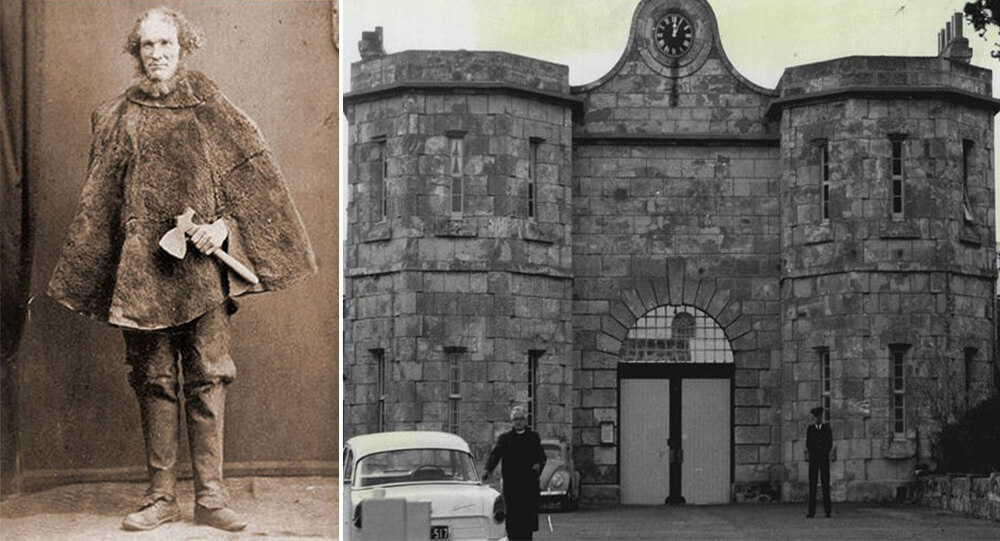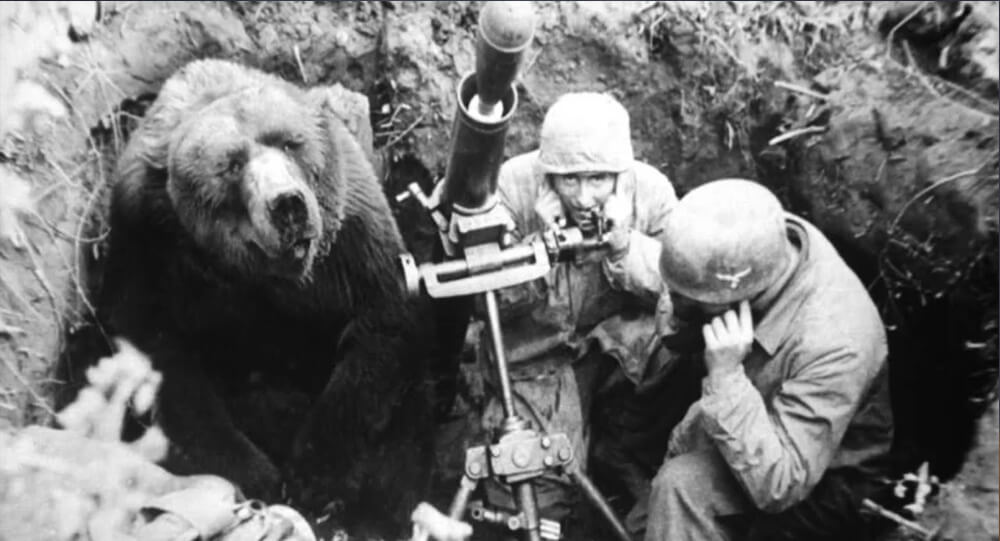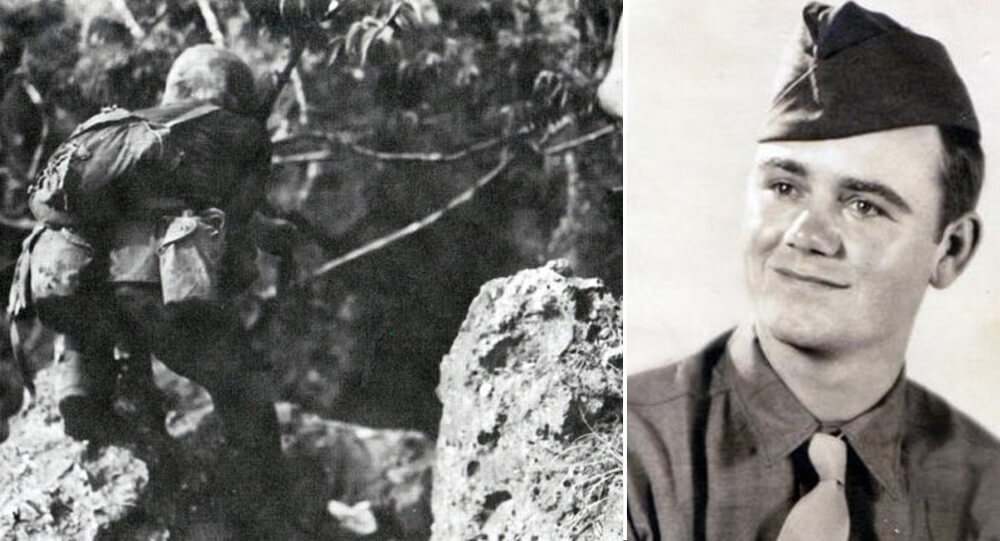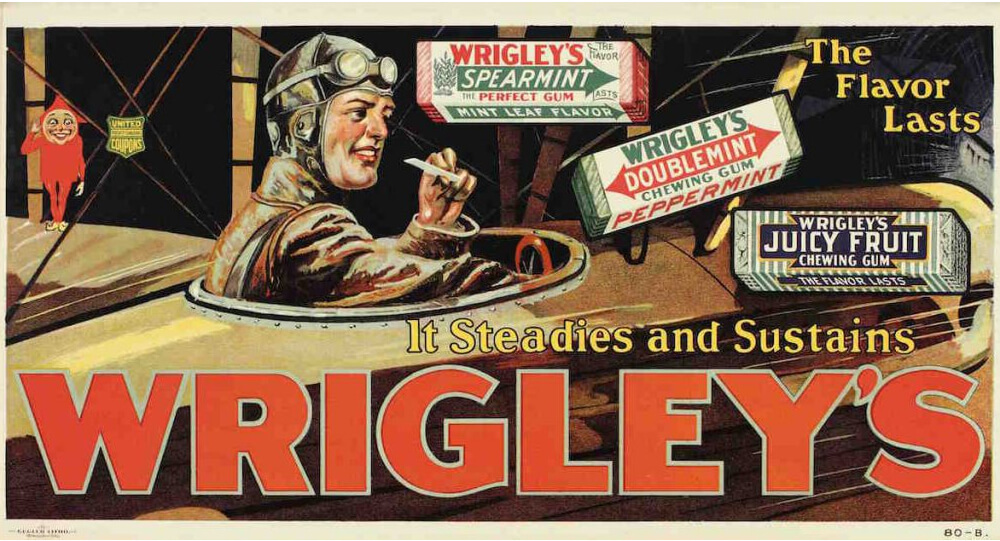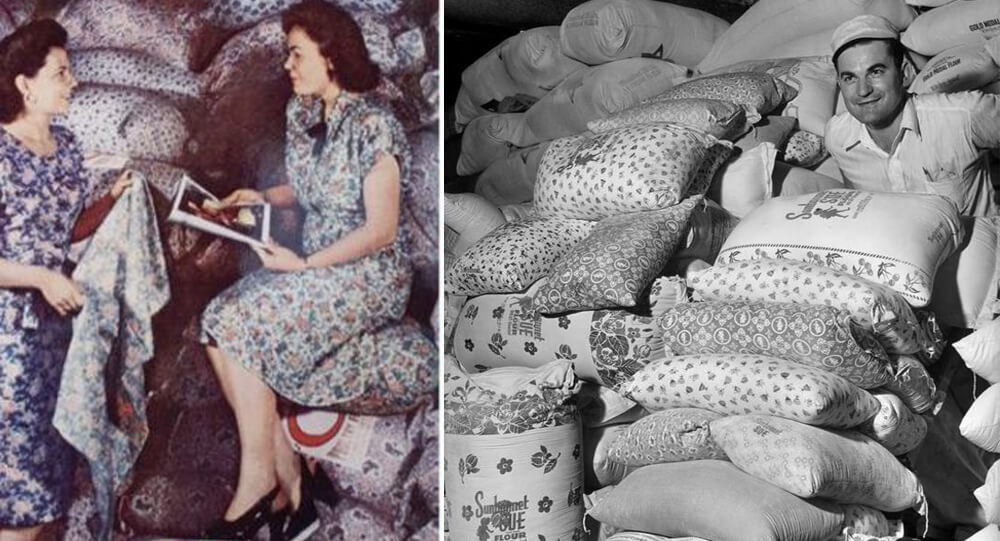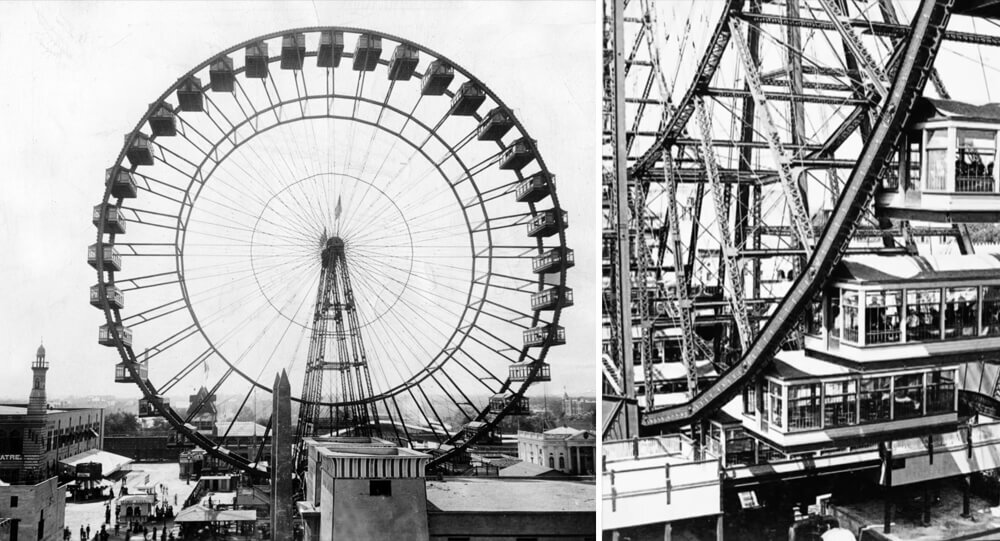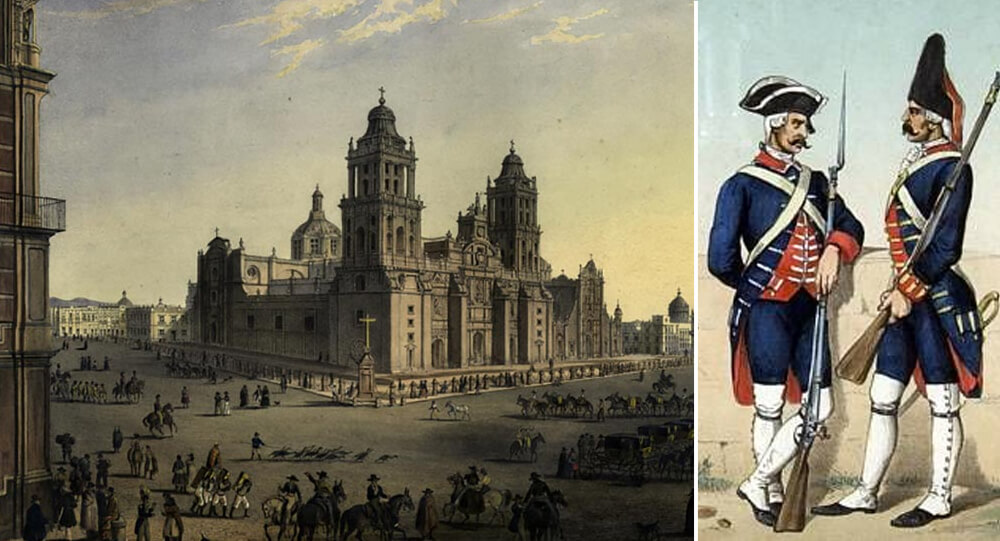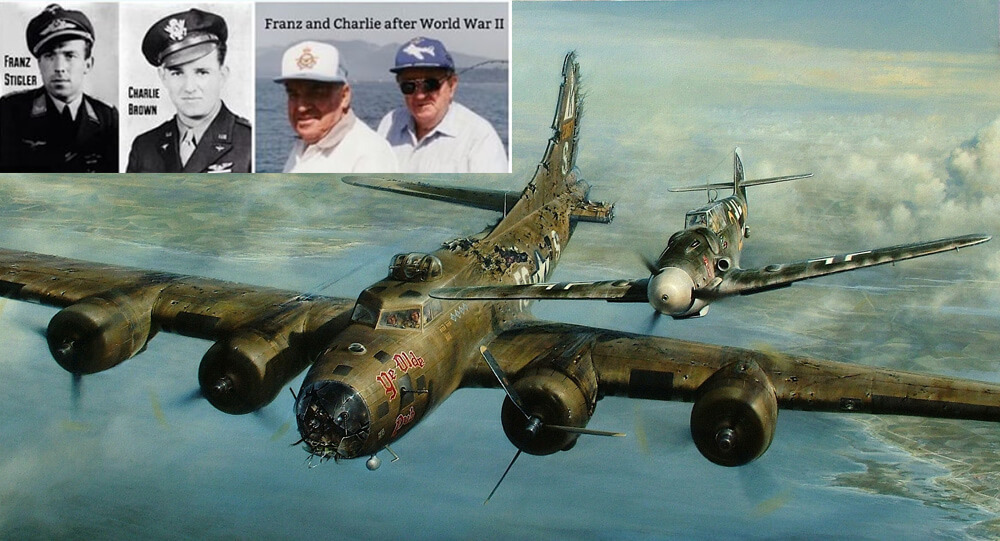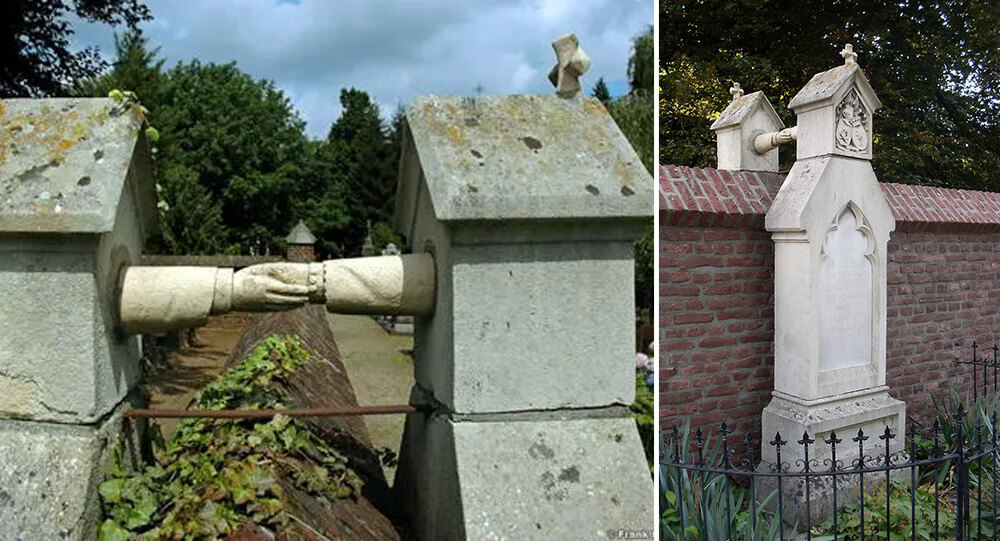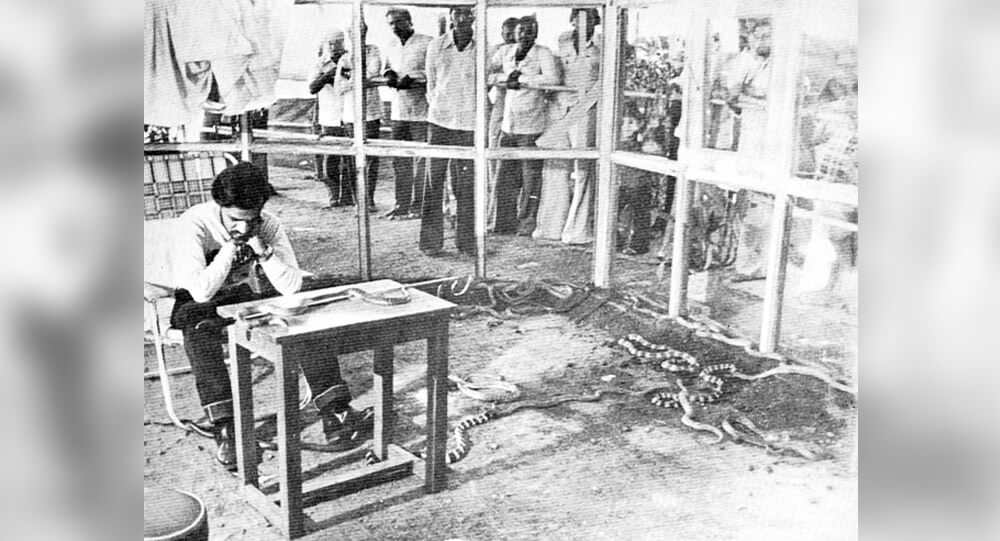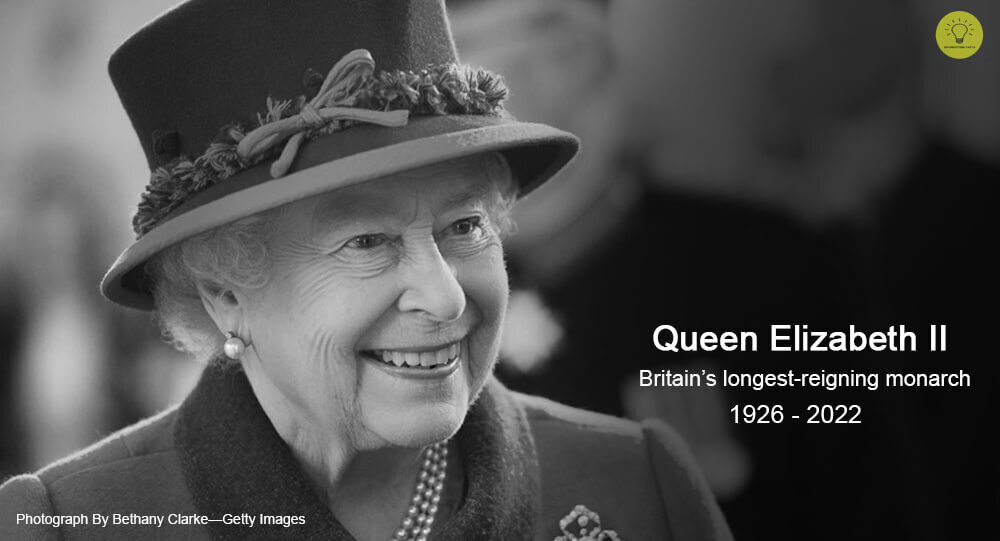
Queen Elizabeth II, who ruled Britain for 70 years, has passed away at the age of 96. She was the country’s longest-reigning monarch. Here are some little-known facts about her.
- She is fluent in French and frequently uses it while speaking to crowds and foreign dignitaries. She doesn’t need a translator.
- Since William the Conqueror’s coronation, Queen Elizabeth II has served as the country’s 40th ruler.
- In November 2010, the Queen created a page on Facebook called the British Monarchy, which includes news, images, videos, and speeches on the monarchy. It is impossible to prod the royal family, though. In July 2009, she joined Twitter, where staff members at Buckingham Palace tweeted regular updates. The royals themselves don’t tweet. The only other Twitter account the page follows is that of Clarence House, the Prince of Wales’s official residence.
- Only the Queen is permitted to operate her state vehicle without a license or number plate in Great Britain.
- The Queen has been given numerous unique gifts throughout her reign, including many live animals. The London Zoo has been entrusted with the care of the more uncommon ones, including two black beavers from Canada, jaguars, and sloths from Brazil. Additionally, there have been gifts of 15 lb. of candy, pineapples, eggs, a box of snail shells, and a forest of maple trees. 7 kg of prawns.
- Although her official birthday is celebrated in June, her actual birthday is April 21.
- When Elizabeth enlisted in the British army’s women’s division in 1945, she also began her driving lessons. She and the daughter of Winston Churchill were both a part of the organization known as the Auxiliary Territorial Service.
- She joined the Girl Guides, a branch of the Scouts for girls, in 1937. In 1943, she joined the Sea Rangers, a group of Girl Guides that specialized in sailing.
- She rode the London Underground for the first time as Princess Elizabeth in May 1939, going with her governess Marion Crawford and her sister Princess Margaret.
- The Queen visited China for the first time as a British monarch in 1986.
- When one of Elizabeth’s corgis mated with Princess Margaret’s dachshund named Pipkin, they created the new breed of dog known as the dorgi. Cider, Berry, Candy, and Vulcan are the four dorgis that Elizabeth now owns. The Queen raises and trains Labradors and Cocker Spaniels at Sandringham House in addition to corgis and dorgis. In 1911, a unique black Labrador variety known as the Sandringham was established.
- She has a strong passion for horses and racing. When she was 4 years old, her grandpa King George V gave her her first pony, a Shetland named Peggy. At Balmoral, Windsor, and Sandringham, Elizabeth keeps riding. The Queen is interested in horse breeding as well. Almost all of Britain’s important races over the past 200 years have been won by horses that were bred at the royal studs. Each season, Elizabeth trains roughly 25 horses.
- The wedding of the Queen and the Duke of Edinburgh took place at Westminster Abbey on November 20, 1947. Her wedding gown was created by Sir Norman Hartnell and made with silk from Chinese silkworms at Lullingstone Castle at Winterthur Silks Limited in Dunfermline’s Canmore facility.
- She reportedly completed a car maintenance course during World War II and is the only British monarch in history who has received the required training to change a spark plug.
- The Sun tabloid was sued by the Queen for publishing the complete text of her 1992 broadcast two days prior to its broadcast. Later, she accepted an apology and a £200,000 charitable donation.

1972 Andes Plane Crash Survivor recall the terrifying Struggles to Stay Alive
On October 13, 1972, a plane carrying a rugby team from Uruguay crashed in the Andes between Chile and Argentina. The survivors were in brutal conditions - high altitude, bitter cold, and the lack of food—and faced the most terrible choice—eating the frozen flesh of their dead friends or starving to death themselves.

Remembering the 1945 Empire State Building Disaster: When a Plane Met Skyscraper
An airplane crashed into the Empire State Building in 1945. Among other damage, plane parts severed the cables of an elevator and the woman inside fell over 70 stories. She lived and holds the world record for the longest survived elevator fall.

Inside The Mysterious Death Of The Famed Gothic Writer Edgar Allan Poe
Hours before his death Edgar Allen Poe was found on the streets of Baltimore. He was incoherent, wearing another man’s clothes, and unable to explain how he got there. The cause of his death is an unsolved mystery.

The incredible story of a plane that lost its roof in mid-flight and the light signal that saved 94 lives.
On April 28, 1988, Aloha Airlines flight 243 was on the way to Honolulu from Hilo when a huge portion of the upper part of the fuselage blew off the airplane.

Susanna Salter: The Trailblazing Story of America’s First Female Mayor
In 1887, Susanna Salter became the first female mayor in the United States, elected in Argonia, Kansas. Her nomination was initially a prank by men opposing women in politics. However, she won by a landslide and served effectively, inspiring the women’s suffrage movement and breaking barriers for women in leadership.

Hedy Lamarr, A Hollywood actress who also a mathematician and inventor
Hollywood actress Hedy Lamarr was also a mathematician and the inventor of frequency hopping spread spectrum, a technology still used for bluetooth and wifi

What exactly was the US's 'Ghost Army' during WWII?
During WW2, there was a special unit of men dubbed the ‘Ghost Army’. The unit was made of artists, creative and engineers and their job was to create deception about the enemy. From inflatable tanks to phony convoys to scripted conversations in bars intended to spread disinformation, they used all possible tricks to fool the enemy.

Underground Railroad to Mexico freed thousands of slaves in 1829
Slavery was abolished in Mexico in 1829. Slaves were escaping to Mexico, and slaveholders in the US were aware of this. The US attempted to get Mexico to sign a fugitive slave treaty, which would have required Mexico to send back escaped slaves to the US. But, Mexico refused, arguing that slaves were free as soon as they set foot on Mexican soil.

Roller Coasters were First Invented to Distract People from sin
Roller coasters were invented to distract Americans from sin. In the 1880s, hosiery businessman LaMarcus Thompson didn’t like that Americans were going to places like saloons and brothels and created the first roller coaster on Coney Island to persuade them to go there instead.

Moondyne Joe: The story of Australia's most notorious prison escapee
A man named Joseph Bolitho Johns (A.K.A Moondyne Joe) broke out of Australian prisons so many times that the police were compelled to build a special cell just for him. He escaped from that as well.

The 440-pound bear named Wojtek and his World War II battle against the Nazis
Polish troops raised an orphaned bear cub during WWII. He enjoyed drinking beer, and was trained to salute. He became officially enlisted as a member of the forces, and helped carry artillery during battle.

Tunnels Dug by ancient giant sloths, A South American Megafauna
For years, scientists didn’t know what caused mysterious cave networks in South America. In 2010, they learned that the caves were actually tunnels dug by ancient giant sloths

Thomas Baker's heroic act that earned him the "Medal of Honor" was 8 bullets until death
Thomas Baker instructed his team to leave him with a pistol and eight bullets propped up against a tree after he was injured. Later, American troops discovered the now-deceased Baker in the same location, lying next to eight dead Japanese soldiers and carrying an empty pistol.

What is the story behind Wrigley chewing gum?
Wrigley's was originally a soap company that gifted baking powder with their soap. The baking powder became more popular than the soap so they switched to selling baking powder with chewing gum as a gift. The gum became more popular than the baking powder so the company switched to selling gum.

The history of Flour sack clothing fashion
After Kansas mill owners found women reused flour sack materials into apparel in the 1920s and 1930s, they started applying patterned designs to give families with more fashionable patterns and material.

The History Behind the “No One Dies Alone” Program
In 1986, while doing a night shift at the hospital, Sandra Clarke, a registered nurse, was asked by an elderly patient to stay. She promised to be back after checking on her other patients, but by the time she returned, the gentleman had passed away. Clarke became one of the key figures in launching No One Dies Alone, a program that allows volunteers to sit with terminal patients who have no one else.

Atomic Tourism: In the 1950s, nuclear tests in Las Vegas served as a draw for tourists
Between 1950 and 1960, Las Vegas offered “Atomic Tourism” in which guests could watch atomic bombs being tested in the desert as a form of entertainment.

New London School Explosion, Deadliest school disaster which killed almost 300 children and teachers
In 1937, a gas leak in the basement at the local school in New London, Texas caused a massive explosion which killed almost 300 children and teachers, the deadliest school disaster in US history. Adolf Hitler even sent his condolences by telegram.

how Ferris wheel invented
In 1891, Chicago challenged engineers to create a structure to surpass the Eiffel Tower for the World's Columbian Exposition. George Washington Gale Ferris jr. responded with the original Ferris Wheel, a giant rotating structure elevating visitors above the city. This invention became an iconic attraction at the fair.

Mario Segale, Developer Who Inspired Nintendo to Name Super Mario
Super Mario is named after real-life businessman Mario Segale, who was renting out a warehouse to Nintendo. After Nintendo fell far behind on rent, Segale did not evict them but gave them a second chance to come up with the money. Nintendo succeeded and named their main character after him.

Did Gil Pérez Really Teleport from Manila to Mexico Overnight? The 1593 Mystery
On October 24, 1593, while performing his guard duties at Manila's Governor's Palace in the Philippines, Gil Perez stopped to lean against a wall and sleep for a while. He opened his eyes to find himself in an unusual environment. Gil was in the Plaza Mayor in Mexico City. They imprisoned Perez, but the authorities in Mexico City decided to release him and return him home.

Charlie Brown and Franz Stigler incident: Enemy became friends
During WWII, a German pilot spotted an American pilot’s crippled plane in the sky. Tailing it, he noticed that gunner was dead, crew injured, and they posed no threat. Instead of destroying the plane, he led it to safety. 40 years later, the two pilots reunited.

Graves holding hands over wall, A Catholic woman and her Protestant husband grave
A protestant man and a Catholic woman who weren't allowed from being buried together in a graveyard in 19th-century Holland turned their graves into a monument showing them holding hands across the wall separating them.

10 world’s most destructive and dangerous volcanic eruptions in history
Volcanic eruptions can devastate cities, change the world's atmosphere, and devastate economic systems. They can create molten lava rivers, mudslides, suffocating ash, and poisonous gases that cause chaos around the world for years. A volcanic explosion's effects can be massive, from its size to its death toll to its economic cost. Here is ten world’s most destructive and dangerous volcanic eruptions in history.

The story of a man who spent 72 hours with 72 venomous snakes to prove they only bite when provoked
In the 1980s, an Indian man spent 72 hours in a glass cabin with 72 snakes, some of which were extremely venomous. His aim was to prove that snakes only attack when provoked. Remarkably, he was not bitten once in those 72 hours and even set a Guinness World Record in the process.



